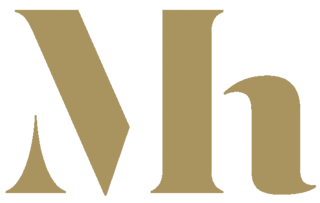
The Mauritshuis is an art museum in The Hague, Netherlands. The museum houses the Royal Cabinet of Paintings which consists of 854 objects, mostly Dutch Golden Age paintings. The collection contains works by Johannes Vermeer, Rembrandt van Rijn, Jan Steen, Paulus Potter, Frans Hals, Jacob van Ruisdael, Hans Holbein the Younger, and others. Originally, the 17th-century building was the residence of count John Maurice of Nassau. It is now the property of the government of the Netherlands and is listed in the top 100 Dutch heritage sites.
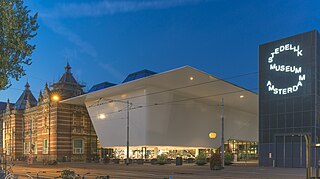
The Stedelijk Museum Amsterdam, colloquially known as the Stedelijk, is a museum for modern art, contemporary art, and design located in Amsterdam, Netherlands.
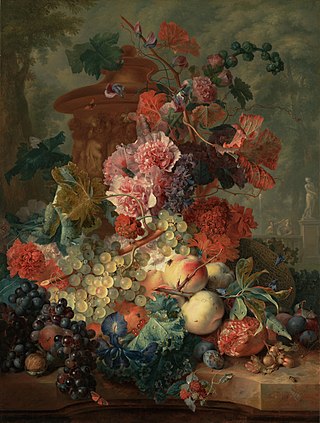
Jan van Huysum is the most notable member of the Van Huysum family of artists working in Dutch Golden Age of the 17th and 18th centuries; “by common consent, Jan van Huysum has been held to be the best painter of flowers.” Trained in decoration from a young age, he “gradually developed an execution of details of the utmost beauty and finish” creating “wonderful flower pieces whereon drops of water and crawling ants could be seen without a magnifying glass.”

The Hague School is a group of artists who lived and worked in The Hague between 1860 and 1890. Their work was heavily influenced by the realist painters of the French Barbizon school. The painters of the Hague school generally made use of relatively somber colors, which is why the Hague School is sometimes called the Gray School.

The Kunstmuseum Den Haag is an art museum in The Hague in the Netherlands, founded in 1866 as the Museum voor Moderne Kunst. Later, until 1998, it was known as Haags Gemeentemuseum, and until the end of September 2019 as Gemeentemuseum Den Haag. It has a collection of around 165,000 works, over many different forms of art. In particular, the Kunstmuseum is renowned for its large Mondrian collection, the largest in the world. Mondrian's last work, Victory Boogie-Woogie, is on display at the museum.

Utrecht Caravaggism refers to the work of a group of artists who were from, or had studied in, the Dutch city of Utrecht, and during their stay in Rome during the early seventeenth century had become distinctly influenced by the art of Caravaggio. Upon their return to the Dutch Republic, they worked in a so-called Caravaggist style, which in turn influenced an earlier generation of local artists as well as artists in Flanders. The key figures in the movement were Hendrick ter Brugghen, Gerrit van Honthorst and Dirck van Baburen, who introduced Caravaggism into Utrecht painting around 1620. After 1630 the artists moved in other directions and the movement petered out. The Utrecht Caravaggisti painted predominantly history scenes and genre scenes executed in a realist style.

The Van Abbemuseum is a museum of modern and contemporary art in central Eindhoven, Netherlands, on the east bank of the Dommel River. Established in 1936, the museum is named after its founder, the cigar businessman Henri van Abbe, who loved modern art and wanted his collection to be enjoyed in Eindhoven. As of 2010, the collection of the museum housed more than 2700 works of art, of which about 1000 were on paper, 700 were paintings, and 1000 were sculptures, installations and video works.
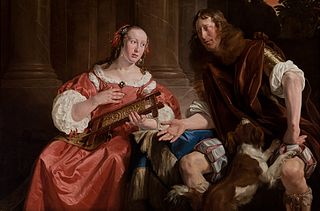
Jan de Bray was a Dutch Golden Age painter. He lived and worked in Haarlem until the age of 60, when he went bankrupt and moved to Amsterdam.

The Royal Museum of Fine Arts Antwerp is a museum in Antwerp, Belgium, founded in 1810, that houses a collection of paintings, sculptures and drawings from the fourteenth to the twentieth centuries. This collection is representative of the artistic production and the taste of art enthusiasts in Antwerp, Belgium and the Northern and Southern Netherlands since the 15th century.
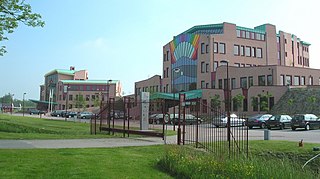
DSB Bank was a Dutch bank and insurer that failed in 2009. Its loans were managed under Quion from June 2013 until June 2016 when Finqus began operating as the former DSB Bank. In 2018 Finqus BV took over DSB Bank and operated as a subsidiary of DSB Group. Finqus BV turned over its loan portfolio to NIBC Bank on 21 July 2021.

Tobeen is the pseudonym of the French artist Félix Bonnet.
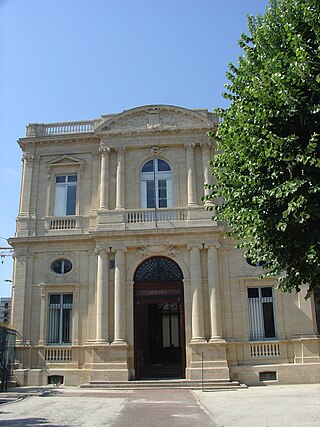
The Musée des Beaux-Arts de Bordeaux is the fine arts museum of the city of Bordeaux, France. The museum is housed in a dependency of the Palais Rohan in central Bordeaux. Its collections include paintings, sculptures and drawings from the 15th century to the 20th century. The largest collection is composed of paintings, and its strong points are works by French, Flemish painters and Dutch painters.
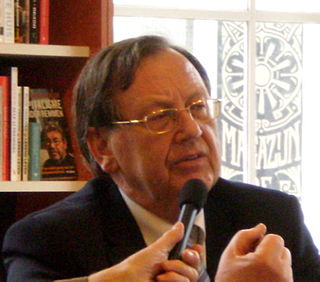
Arnout Henricus Elisabeth Maria "Nout" Wellink is a Dutch economist and former central banker.
Taner Ceylan is a German-born Turkish photo-realist artist. He lives and works in Istanbul.

Seine (paintings) is the subject and location of paintings that Vincent van Gogh made in 1887. The Seine has been an integral part of Parisian life for centuries for commerce, travel and entertainment. Here van Gogh primarily captures the respite and relief from city life found in nature.
This article lists some of the events that took place in the Netherlands in 2009.

The Threatened Swan is an oil painting of a mute swan made around 1650 by Dutch Golden Age painter Jan Asselijn. The work is in the collection of the Rijksmuseum in Amsterdam in the Netherlands.

Matthijs Nicolaas Röling is a Dutch painter, active as graphic designer, wall painter, painter, draftsman, lithographer, pen artist, etcher, and academy lecturer. He is considered a kindred spirit of the 3rd generation of the Dutch Group of figurative abstraction. Röling is described as the "figurehead of contemporary figurative painting in the Netherlands."

Museum Møhlmann is a privately owned museum for Dutch realistic and figurative art. It is situated in Tjamsweer near Appingedam in the province of Groningen in the Netherlands. The museum was founded in 1998 in Venhuizen and moved to its new location in 2008.

Museum MORE is a Dutch museum in Gorssel, Netherlands. Museum MORE is dedicated to Dutch Neorealism (art). It is located in the former town hall of Gorssel, which was expanded for that purpose with seven exhibition spaces. The extension was designed by Dutch architect Hans van Heeswijk. Less than a year after the opening of the public on 2 June 2015, the museum was able to welcome its 100.000th visitor A second branch of Museum MORE, in Ruurlo Castle in the municipality of Gelderland Berkelland, was opened on June 23, 2017, by Pieter van Vollenhoven. In this castle one can find the collection Carel Willink / Fong Leng.



















